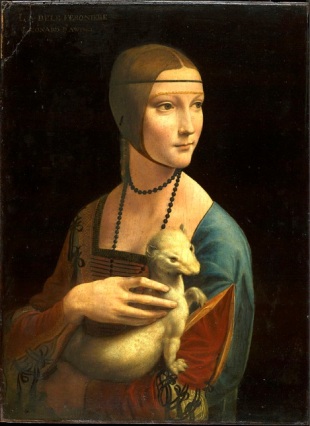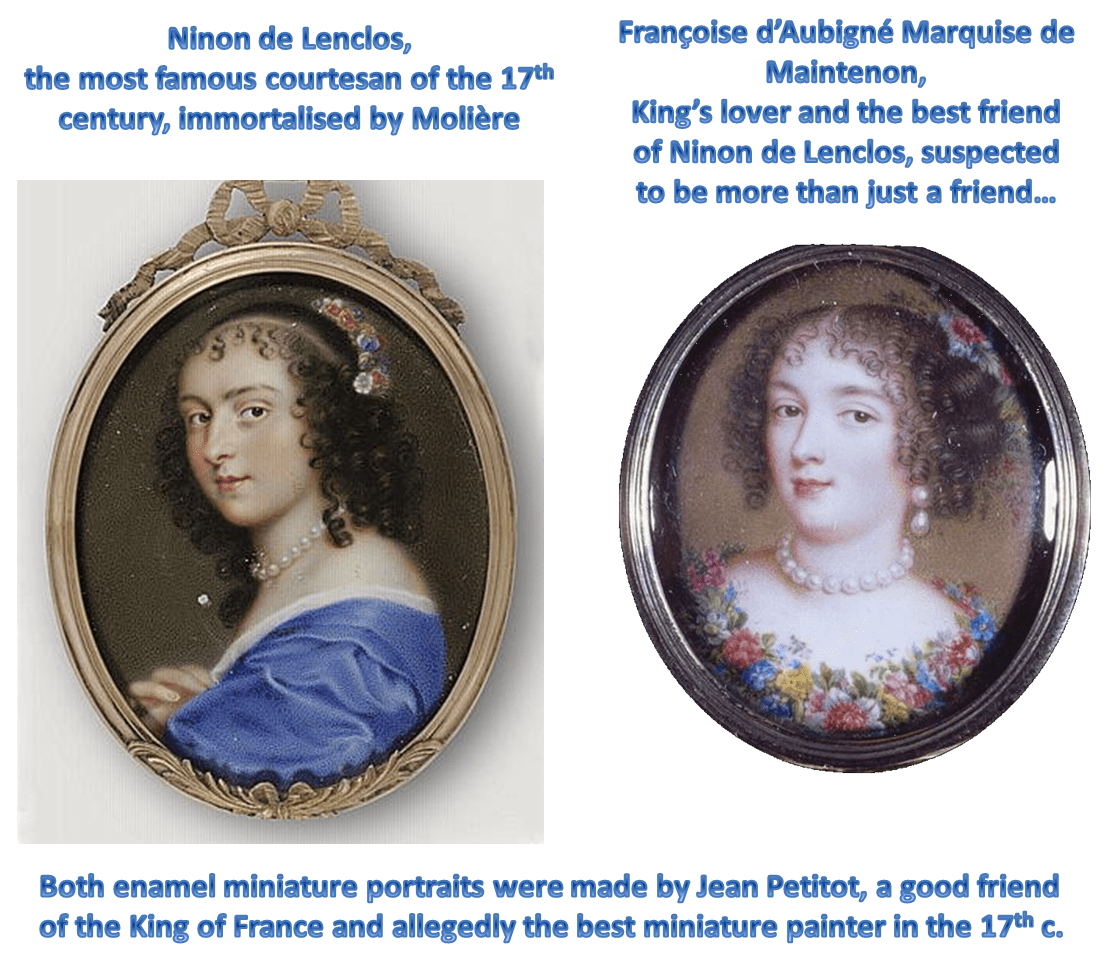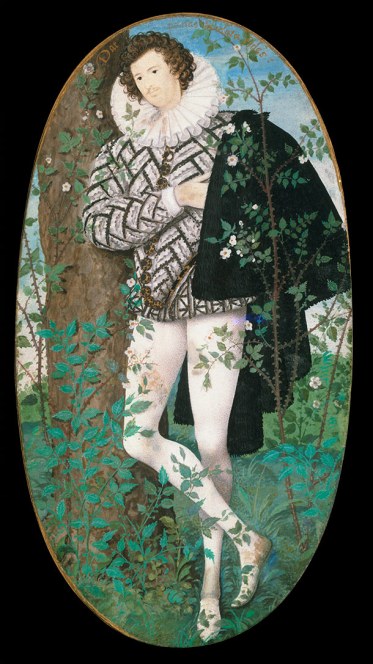We take thousands of photographs. 32GBs are barely enough to hold the most recent stock of them. We are holding them tight, but…we don’t come back to them. I am not saying we don’t look at them, occasionally, or rather the most recent ones.
We certainly know the photographs are there, inside those memory chips inside our phones or computers. Pictures of folks we love; people who might get offended unless we took a photo of them; and places we think other people are desperate to see shared. We may even thumb through the pics while travelling on the Tube or suffering through an especially boring business meeting. But we don’t get back to these people, or inside those moments. The thumb (or is it the index finger?) keeps sliding through them with the rhythm of a dejected masturbator.
It’s like having a huge library, but never reading a single book: just looking at the neat rows of their spines.
Yet, there was an art, now lost, that was capturing images in a more meaningful way.
It was the art of enamel miniature.
Yes, like this:

You may think you can take a photograph, size it down to an oval holder and get yourself a proper miniature? No, the secret to enamel miniature is the process of how it is created. Once you know it (and clients who ordered miniature portraits would usually be enlightened by the maker), you’d never be able to look at it the way you look at photographs.
This process is very much like building a relationship.
First, there must be a foundation, a solid background on which it is built. “I kinda really luv u” texted as a declaration of love is just not good enough. People refer to this “foundation” as deep love, or love mixed up with respect, or profound feelings coupled with other psychological needs (stir, do not mix), but in enamel craftsman’s terms it is taking a copper plate (or gold!), cleaning it, calcinating it in hydrochloric acid, drying it up, and enameling the back of it. This counter-enameling process helps to prevent a possible change of shape in the future, a change that could produce cracks on the face of the plate.
It is not all, though.

The front of the plate is then covered by the first layer of white enamel mixed with water. It is then put into a special drying cabinet. After it dries up, it is fired in a muffle furnace at 700-800C. At this temperature level, it doesn’t matter if I use Fahrenheit or Celsius. Anything gets fried up at this heat level.
And then the last step is repeated two more times, after which the front of the plate becomes smooth and ready to be painted on.
It takes a lot of time and effort, but we want the relationship end-product to last, don’t we?
To begin painting we need the right kind of brush, which has to be made of hair taken from an ermine’s tail. I don’t know what sounds an ermine emits when hair is pulled out of its tail, but I know just how noisy animal-rights activists can be about it.

This Lady with the Ermine by Leonardo, according to the latest findings of researchers in Krakow (where it is permanently exhibited), is in fact comforting the ermine after da Vinci harvested its tail for material.
For centuries this obvious explanation has eluded art historians: the mistress of the Duke of Milano tells the artist, “People say I am committing the sin of adultery, but you’ll be double damned for what you did to my ermine”.
Thusly shamed Leonardo abandoned the idea, and the art of enamel portraiture lost its potentially greatest artist. PETA is rumoured to consider making this lady their honorary founder.
Now that we’ve got the perfect brush, we need the right paints, and for this we’d need some chemical knowledge and a lot of patience.
Different paints get “baked” at different temperatures and they also change colour after work is completed and put in the furnace for final fixing.
Yep, no marriage is easy, for spouses may change in unpredictable ways under stress. Managing the relationship through heat and frost is the chemistry of marriage. Next time someone points at a middle-aged couple holding hands and says, “Look, they’ve got some chemistry between them”, you’d know the couple simply knows when to turn off the heat and what to expect if the fire gets hotter. “Know thy partner’s firing levels” could have made a great eleventh commandment.
We’d need oxides of different metals first. Copper oxide gives green, cobalt yields blue, iron is red, and tin is, yes, white. If we add gold to ferro-oxide, we’d have cardinal purple.
Finding metallic oxides may not be easy, unless you live in the Detroit area, with lots of scrap metal lying around, just like Bob Dylan whose lifetime passion is making gates our of found broken car parts:

The oxides that we shave off scrape metal are mixed with lavender oil and turpentine. Do not attempt to buy all of these ingredients all together: the store manager may think you’re building a bomb, police would raid your premises the next day, and even though they won’t find any bomb, they’d find ermine hair. Cruelty to animals is not necessarily better nowadays than building a bomb.
We then put our paints in an open furnace and wait until the oil is vaporized.
Ok. We are ready to begin!
Remember though we first have to use paints that have the highest temperature of fusion or melting. We then put the medallion in the furnace, bake it, and start painting it again (after it cools down of course). This process need to be repeated for almost each and every paint, that is, colour.
If you have ever had a prolonged argument with your wife or husband about something, that is the process when arguments are laid on the table, then cool down for a day, then new arguments appear out of the blue, and left steaming for a few more days, and then… no, she or he says, “This is far from being over yet!”
Oh, remember that paints change colour after baking, so you need to know that red may turn out violet, making a bonny face the victim of strangulation.
When everything is painted and baked, the portrait is covered by another later of transparent enamel and, yes, you guessed right: it’s put in the furnace again.
At each step of this complex process, even a minor mistake or a tiny speck of dust can utterly ruin the whole job.
If you are fortunate, you get not just a portrait, but a monument to your memories and feelings.
It is tiny, can be hanged on the neck, can be worn as a talisman in the pocket, but it is a formidable anchor for your memory.
Enamel masters have always been rare. If you live in the UK, you must have heard of Nicholas Hilliard (1547 — 1619) or Jean Petitot (1607 – 1691), for they left some important miniature portraits that no history book with pictures can escape publishing.
My favourite Hilliard is this romantic, pre-Raphaelite man, painted 300 years before pre-Raphaelites.
What I like about Petitot is that he died a happy man, while painting a miniature portrait of his beloved wife.
Today, there is only a handful of true enamel miniature masters who still do the job properly, and if you are lucky to find one of them, remember, prices start from $1000 (600 pounds) for a simple study. It may be well worth a wasted terabyte of photos, but it is sufficiently expensive to warrant attention to whom and what exactly you want to have immortalised. At the very least, do not ask the miniaturist to draw from a photo.


wow, you r so very right. the thing about the photos id correct too. machines have made it easy to for us to have these photos but people hardly ever look at them
…and would you get one of those, if you could? http://wp.me/p2SuQi-Sj
I’ve often reflected on the way we consume images.
A friend once told me:
– – –
“Art is a language
____ing slowly”
One can input “Dance” “Eat” … anything of simple pleasure. But one must savour, tune into the moment and be fully aware.
– – –
It drew my mind to the “Slow Movement” — and interestingly enough when I looked on Wikipedia — there was an image of a snail on the page (Matisse would approve).
http://en.wikipedia.org/wiki/Slow_Movement
Thank you for leading me to this “slow movement” page and idea: it is amazing how “Matissic” it is! ) I wish I knew about it before – it is a natural continuation or extension of Matisse’s concepts ))
Such beauty in your post, a delight to read!
It is a pleasure for me to delight a playwriter ) Thank you!
😀
This is insane. I had never known how much – and how different! – work went into this. Appreciation — raised.
And I am getting over to St.Petersburg this weekend, where all the best enamels are exhibited at the Hermitage ) I don’t know if they’d let me take photos there, but I’ll try to bring over more such wonders )
Cant do photos at the “gold room” sadly but the tour is gorgeous and fascinating nonetheless. I just did it in Feb.
a most enlightening post, i enjoy your analysis of the throw away photo.
Thank you! I, for one, know that 99% of pics stored on my phone should be deleted ))
id would add that we use a lot of social media space to dump these unwanted images
Thanks. Truly fascinating and informative. Thom
Thank you – it is a facinating process, miniature enamelling )